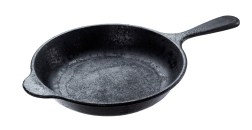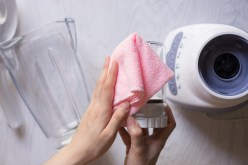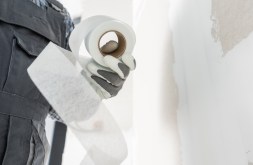Common Mistakes to Avoid When Using Bleach for Water Purification
Water purification is an essential process that ensures the removal of contaminants and harmful microorganisms from drinking water. One common method used for water purification is the use of bleach. Bleach contains chlorine, which effectively kills bacteria and viruses, making it a popular choice for emergency water treatment. However, it is crucial to understand how to use bleach correctly to avoid making common mistakes that may compromise the effectiveness of the purification process. In this article, we will discuss some of these mistakes and provide valuable insights on how to avoid them.
Using the Wrong Type or Concentration of Bleach
One of the most significant mistakes people make when using bleach for water purification is using the wrong type or concentration. Not all bleaches are suitable for water treatment purposes. It is essential to choose bleach that does not contain any additives such as fragrances or thickeners, as these can contaminate the water further. Additionally, using a bleach concentration that is too high or too low can also be problematic.
To avoid this mistake, always opt for unscented bleach labeled as “chlorine bleach” or “sodium hypochlorite.” These types of bleaches are specifically designed for disinfection purposes and do not have any additional ingredients that may harm your health or compromise water quality. Furthermore, ensure you follow recommended guidelines for dilution ratios provided by reputable sources such as the Centers for Disease Control and Prevention (CDC).
Failing to Measure Accurately
Another common mistake when using bleach for water purification is failing to measure accurately. The effectiveness of chlorine in killing pathogens depends on maintaining a precise concentration level in the treated water. Adding too little bleach may not effectively kill all harmful organisms, while adding too much can lead to adverse health effects.
To ensure accurate measurement, use measuring spoons or droppers designed specifically for liquids like bleach. This will help you achieve the recommended concentration of chlorine in your water, ensuring its safety for consumption. Remember to follow the instructions provided by reputable sources and double-check your measurements to avoid any potential errors.
Not Allowing Sufficient Contact Time
Allowing sufficient contact time is critical for chlorine to effectively disinfect water. Contact time refers to the duration that chlorine needs to interact with pathogens present in the water. Failing to allow enough contact time is a common mistake that can render the purification process ineffective.
To avoid this mistake, carefully follow the recommended contact time stated on the bleach product label or guidelines from reliable sources. Typically, it is advised to let the bleach-treated water stand for at least 30 minutes before using it for drinking or cooking purposes. However, in certain circumstances, such as extremely cloudy water or suspected highly contaminated sources, longer contact times may be necessary.
Neglecting Proper Storage and Handling
Proper storage and handling of bleach are often overlooked but are crucial aspects of ensuring its effectiveness as a water purifier. Exposure to heat, sunlight, and air can degrade bleach over time, reducing its disinfection capabilities. Additionally, storing bleach near other chemicals or household cleaning products can lead to contamination.
To avoid compromising the quality of your bleach, store it in a cool, dry place away from direct sunlight and extreme temperatures. Ensure proper ventilation in storage areas and keep bleach containers tightly closed when not in use. Moreover, always handle bleach with care by wearing gloves and protective eyewear to prevent accidental skin or eye contact.
In conclusion, using bleach for water purification can be an effective method if done correctly while avoiding common mistakes. By choosing the right type and concentration of bleach, measuring accurately, allowing sufficient contact time, and practicing proper storage and handling techniques, you can ensure safe drinking water during emergencies or when faced with questionable water sources. Remember to consult reputable sources for guidance on using bleach as a water purifier and always prioritize your safety and the well-being of those who rely on the treated water.
This text was generated using a large language model, and select text has been reviewed and moderated for purposes such as readability.





